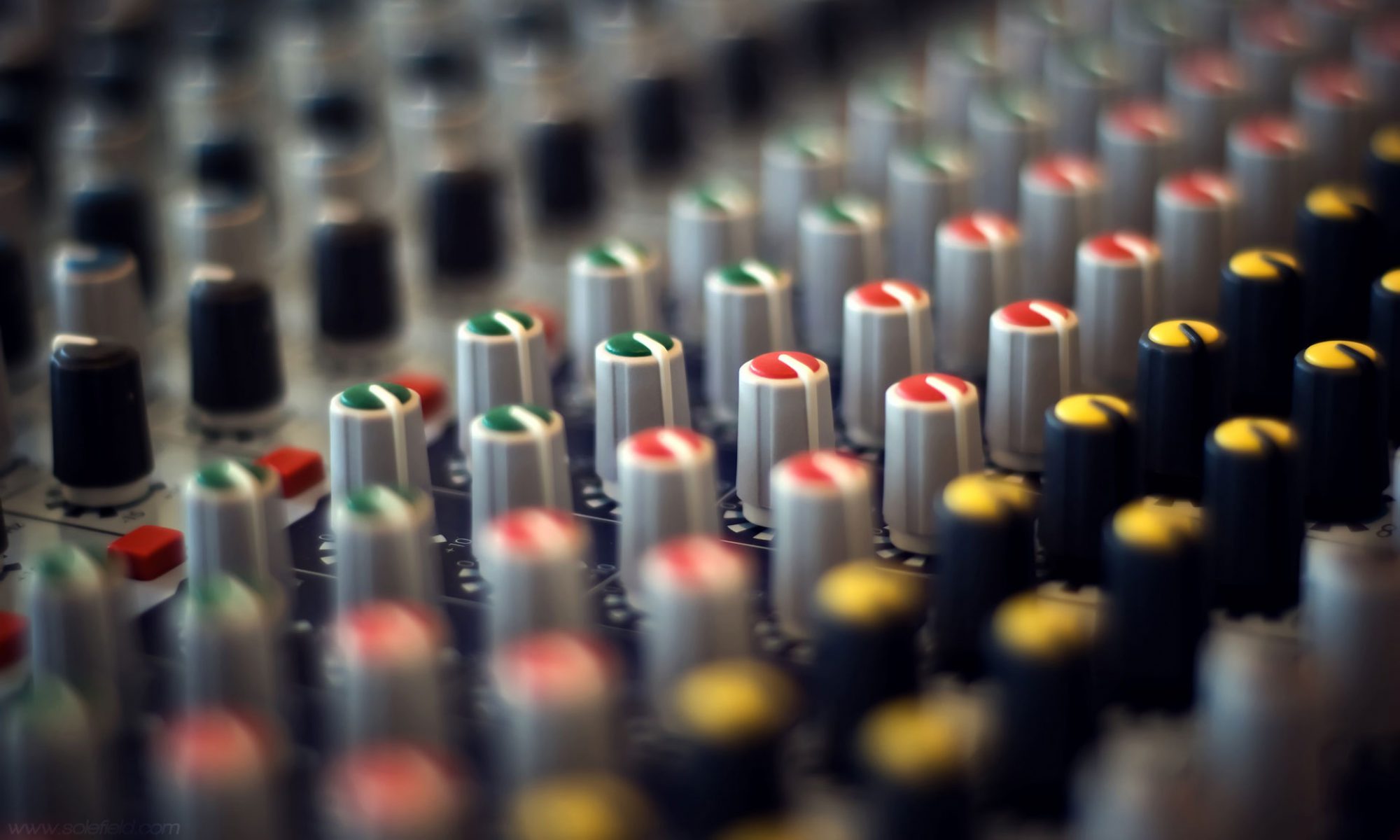Part 4 of this inaugural Back to the Basics series covers the show or recording session itself. This is where the fun begins. I love mixing live shows or laying down an awesome recording. There is something to be said about the act of creating music that will be what is, no stopping, not starting over, just making music. You just never know what will happen.
However, before the magic happens it’s always good to do some final checks. Personally, I go grab a bottle of water and some food, stop by the bathroom, and walk around a bit. Just a good way for me to loosen up but your pre-show routine is up to you. I also take the time to check in with my monitor technician if I have one and do one last battery check for critical components. For shows that rely on midi connections we will do a dry run to test and make sure everything is all ready to go. I also like to step through the big scenes within the soundboard and make sure everything is ready to go when I am. I also, whether it’s a studio session or a live concert will do a live countdown in the bands ears so everyone is on the same page for the start.
During the show it’s just fun. I love actively mixing, hearing those little things I missed during rehearsals and making a quick change to a plugin or an eq or perhaps adjusting the verb a bit for the moment. While personally I do tend to think through what I’ll do in advance I try to create in the moment as well. Some of my best ideas come from spur of the moment thoughts in the middle of the show. This is where all that preparation comes in. Did you prepare such that you have given yourself room to create on the fly during a live show? Did you think through appropriate micing for that studio session so you can be sure to capture that sound you just realized would be sweet to highlight for the final edit?
The biggest thing to consider when operating a live show is to be actively mixing. Don’t just get to your perfect mix and stop there. Live audio is a living and breathing animal that changes through each part of the song. Don’t be afraid to experiment with not just riding input faders but verbs and FX returns as well. Sometimes all that chorus in a song needs is more verb to accentuate the vocals, or that drum breakdown during the bridge means you should be pushing your drum VCA wild breathing life and energy to that part of the song. The real wildcard is the musicians, as they play their intensity will be different than in rehearsal so the mix will need to be altered. This is a good thing, they are expressing themselves, so you should as well. Audio mixing in any environment is always an active event, never passive. You should never set and forget your mix.
No matter your style, this is what you have been working for, be a part of it. Many people think all the artists are on stage but in reality there is a whole other crew they can’t see doing their part to create the art that we will all hear and enjoy!
